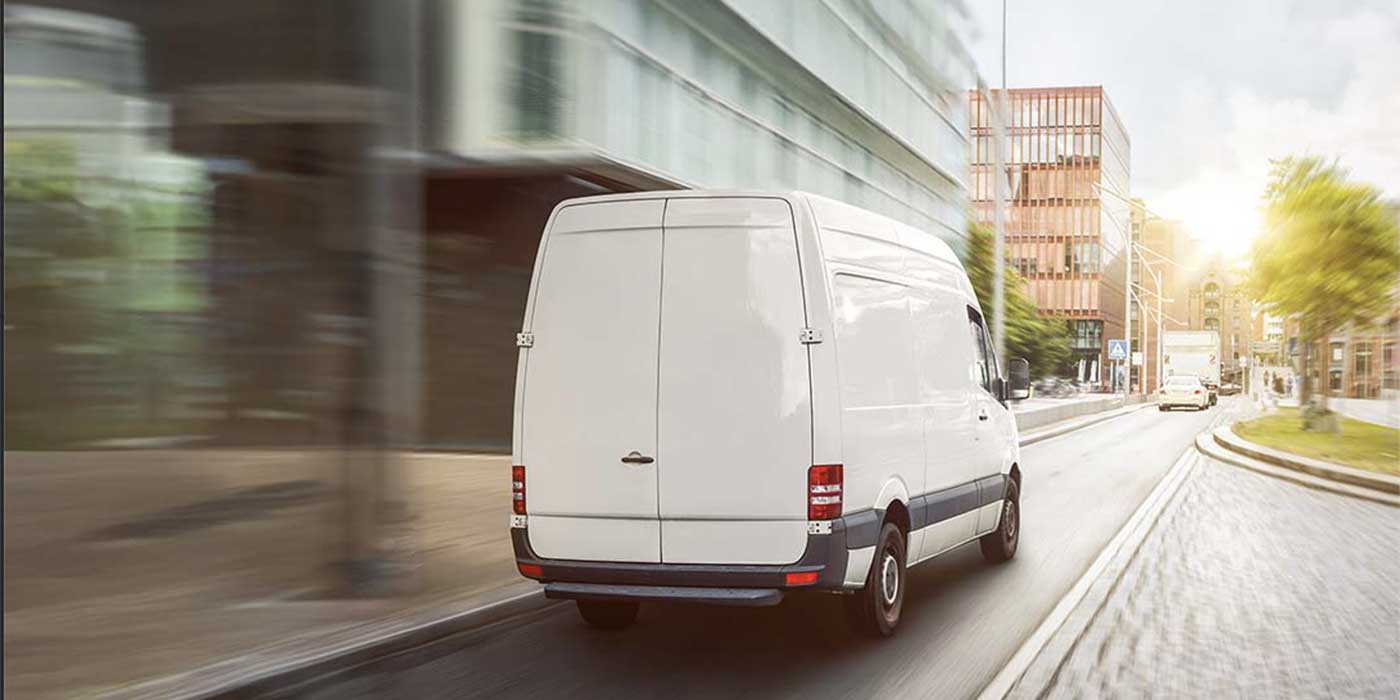PACCAR Parts names Weller as 2023 Supplier of the Year
Throughout 2023, Weller contributed to PACCAR Parts overall network performance by exceeding 17% y/y growth.
PACCAR Parts named Weller Truck Parts as its 2023 Supplier of the Year, recognizing the supplier that the company says demonstrated outstanding operational achievements, sales growth, parts availability, and program support last year.
Over the course of 2023, PACCAR Parts says Weller contributed to its overall network performance by exceeding 17% year over year in growth. The company adds that Weller produced an on-time shipping rate of more than 99%.
Clore Automotive appoints new vice president of sales
The company says his invaluable experience and customer-centric approach make Dan Lucas right for the role.

Continental Tire opens Retread Solutions Center in South Carolina
The company hopes to uncover new improvements and technologies to innovate the retread process.

Akebono launches severe-duty brake pads for Ford models
The company says its new brake pads last longer and can lower maintenance costs, while still providing the stopping power fleets need.

Dayton Parts introduces fuel injector wiring harnesses, EGR coolers, trailer air tank reservoirs
Fuel injector wiring harnesses, exhaust gas recirculation coolers and trailer air tank reservoirs designed to match OEM spec.

Other Posts
Peterbilt offers Cummins X15N natural gas engine in Models 579, 567, 520
Orders are scheduled for production in Q3 of this year.

Range Energy receives $23.5M in new financing for electric trailers
This recent funding follows the company’s $8M seed round from November 2022, bringing total funding to $31.5M.

S&P Global Mobility: U.S. commercial truck market beat expectations
According to new CV registrations in 2023, 45% of upfitted vehicles are being used as service/utility vehicles, or as dry freight vans.

MEMA responds to finalized EPA Phase 3 standards
MEMA and its members welcome the EPA’s final rule for Greenhouse Gas Emissions Standards for Heavy-Duty Vehicles.






